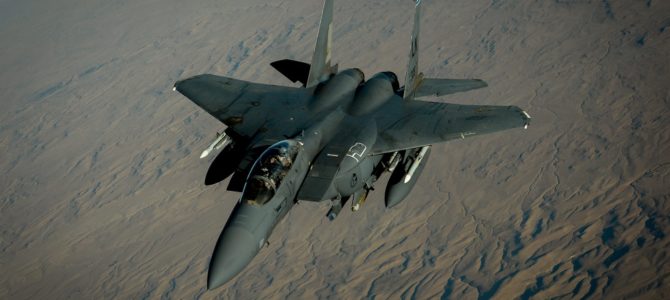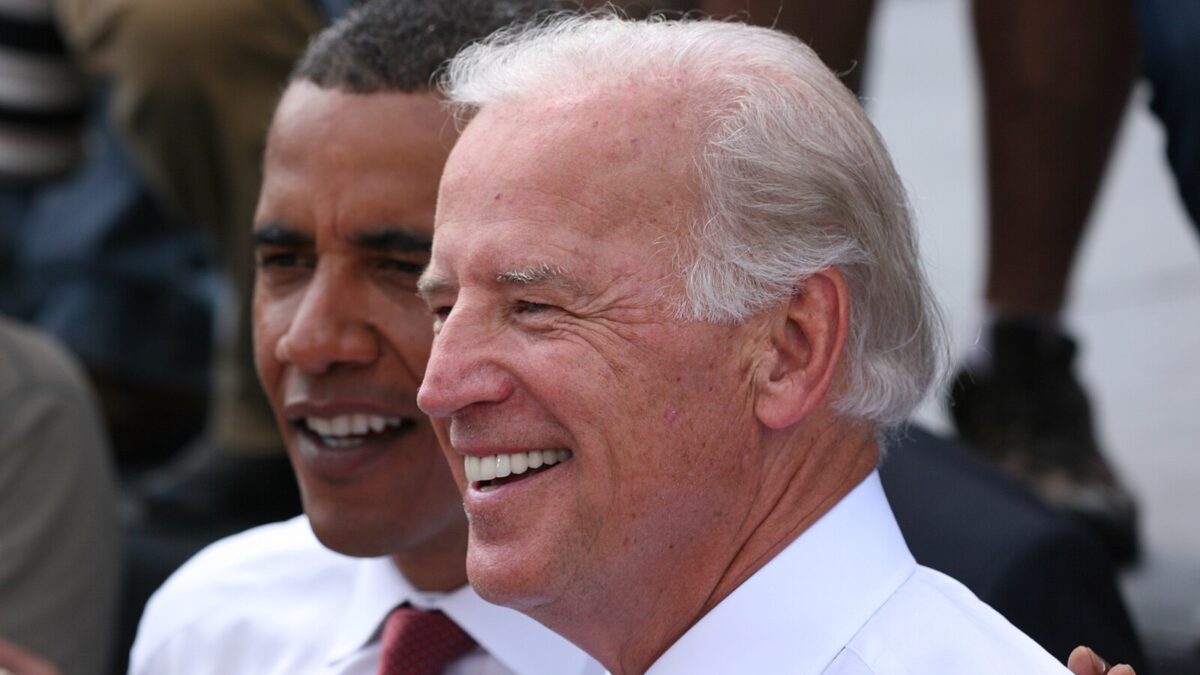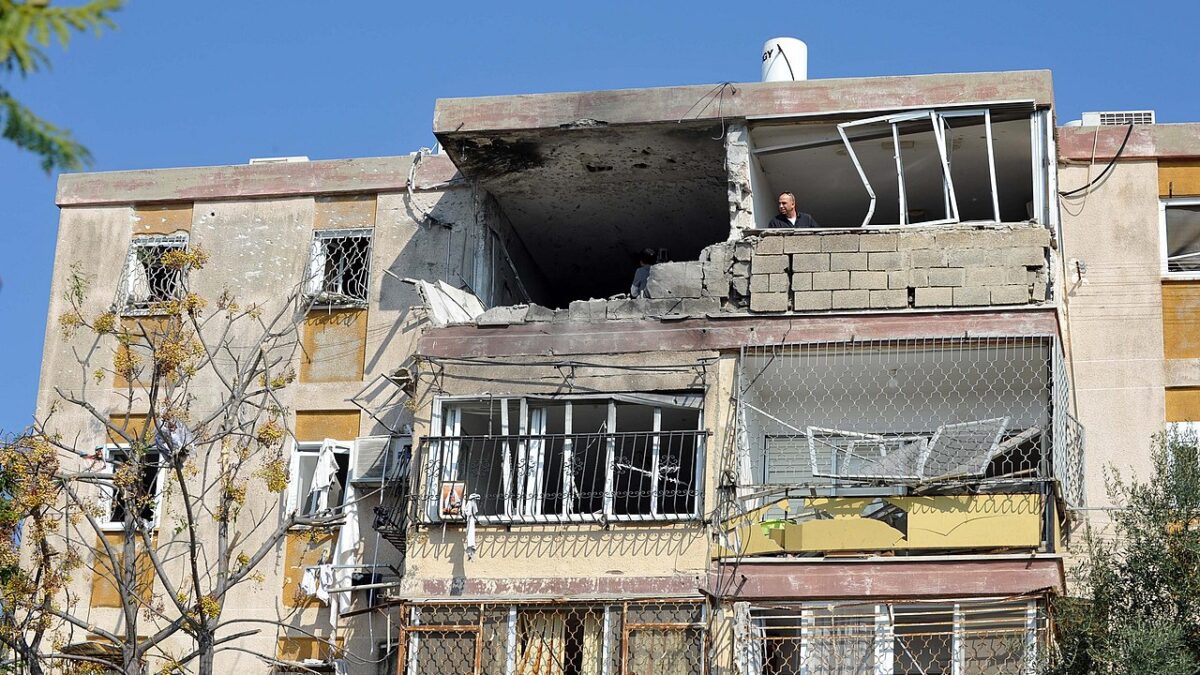
Erupting first with concerns over an imminent “World War III” and a fast-impending military draft, social media reactions to the killing of Quds Force Commander Qassam Soleimani last Friday have looked like a funhouse of hysteria. The media appears to be leading the charge, frantically egging the Iranian regime to retaliate through utterly fantastical predictions of what comes next. Much of this hyperbolic reporting stems from the fact that the very thesis of the Iran Deal — and years of Ben Rhodes-generated talking points — are being thoroughly tested.
As journalist Seth Frantzman noted, much of the Iran Deal was sold on the premise that, if we did not strike a deal with the mullahs, we were risking all-out war with the Iranian regime. Trump’s partial withdrawal from the deal, combined with the recent killing of Soleimani, reveals that in order for the logic of the Iran Deal to still hold water, war must now be all but inevitable.
The Obama administration frequently parroted this false binary, purporting that appeasement and war were the only two options for dealing with the hegemonic aims of the Iranian regime. The talking point was repeated with stunning frequency until it became the unimpeachable consensus of the national security talking heads and Democratic politicians alike.
Those who suggested otherwise — like Sen. Tom Cotton, in a particularly hysterical and ugly episode — were routinely mocked or belittled by those within the Iran Deal’s heavily propagandized echo chamber. This consensus also helped shield the administration from criticism, even as $150 billion in Iranian assets were unfrozen and nearly $1.4 billion in U.S. dollars were sent to the regime.
After years of peddling this binary, our media shows scant interest in the massive area that lies between all-out-war and appeasement and surrender. Indeed, as we’re learning under the Trump administration, there are a multitude of options available at the disposal of the United States, including crippling sanctions, legal targeted killings, and highly public threats, such as the one issued by President Trump on Twitter this past weekend, all of which severely decrease Iran’s appetite for full-on war.
Just as we have other options aside from war, it’s worth considering how limited Iran’s appetite for war with the United States actually is, particularly given the current state of its military and the regime’s genuine objectives.
For the last four decades, Iran’s military strategy has been a combination of conventional warfare — consisting mainly of its ballistic missile arsenal and its virtually non-existent naval forces — as well as unconventional warfare, mostly executed by the Quds Force of the Islamic Revolutionary Guard Corps (IRGC), who guide, train, and support the regime’s vast network of terror proxies throughout the Middle East.
Since the overthrow of the Shah in 1979, Iran’s chief priority has been exporting its Islamic Revolution via such proxies, infiltrating places like Syria and Yemen, using as its model the successful transformation of Lebanese Hezbollah from a disorganized grassroots organization to effectively a state actor.
However, chasing this objective has translated into the Iranian regime funneling billions of dollars to, among other things, the development of missile technologies and a burgeoning nuclear program, as well as to various other actors, like Bashar al-Assad in Syria, Hezbollah in Lebanon, and Hamas in Gaza. War is objectively expensive, but it becomes even pricier when you’re already spending billions on a pseudo-religious revolution.
Further consider the fact that Iranian defense spending is in sharp decline, following Trump’s partial withdrawal from the Iran Deal. While Iranian defense spending unsurprisingly increased from 2014 to 2018 as a result of increased funds generated by the Iran Deal, the regime has since cut it by nearly 30 percent as a result of reimposed U.S. sanctions and a depreciating currency. The Iranian economy as a whole is crippled, and the regime is facing increased pressure from the Iranian people to shift its attention to domestic issues and away from hegemonic and terror ambitions.
Iran is entirely aware that it is ill-equipped to fight the United States in full-scale war, despite the economic boost the Iran Deal provided. Thus, it is likely we will see Iran turn to more unconventional tactics, which prove to be considerably “cheaper” than other forms of warfare, as suggested by Iran expert Behnam Taleblu of Foundation for the Defense of Democracies (FDD).
These approaches may include cyberattacks on U.S. actors, attacks on U.S. interests by proxy militias, and flat-out terrorism. As Taleblu noted, Iran has spent the last four decades being fairly economical in its approaches, despite lacking in conventional military strength. “This is precisely why Iran has been able to do so much with so little in the past 4 decades.”
But the regime is attempting to temper expectations as much as possible. As Taleblu explained, Iran seems to purposely be framing their retaliation as “revenge” and not full-scale war, citing a recent response from Mojtaba Zolnour, the head of Iranian Parliament’s Security Committee, which noticeably lacked any mention of war.
Thus, those screaming about the likelihood of World War III — or full-blown war with Iran, for that matter — miss the mark entirely. It’s possible that we fully reject an appeasement approach to Iran without entering wholesale war.
Despite what our media betters have suggested, containing Iranian hegemony does not necessitate one or the other. Also, Iran is in no position to engage in war with the United States. We are the world’s superpower with a range of options. It’s about time we started acting like it.









